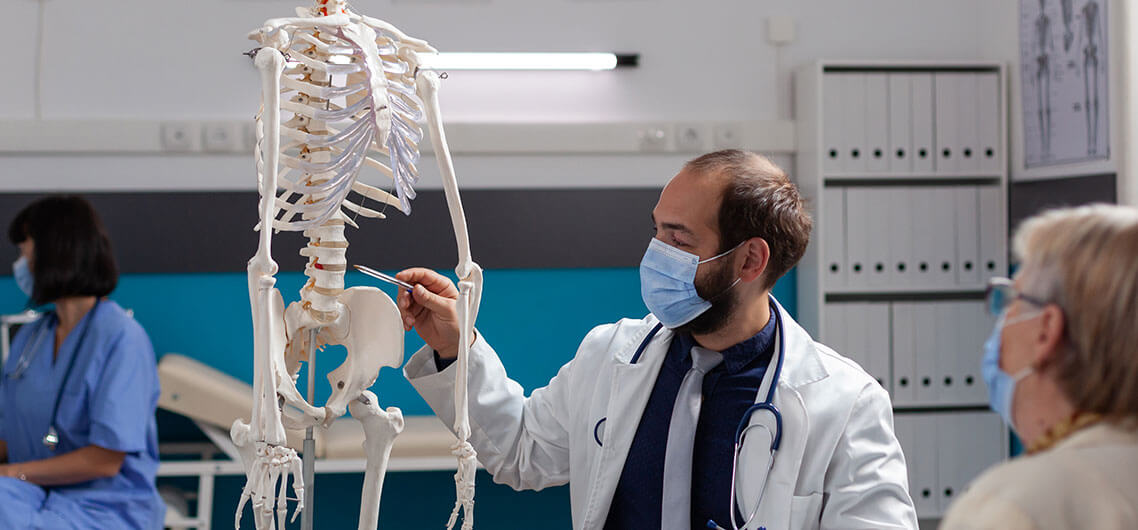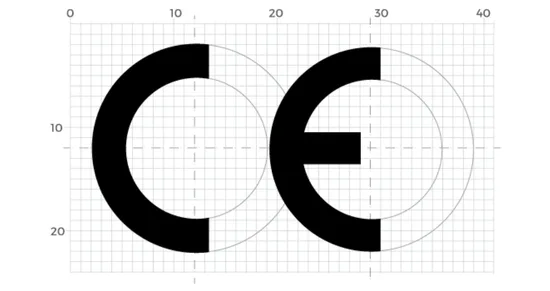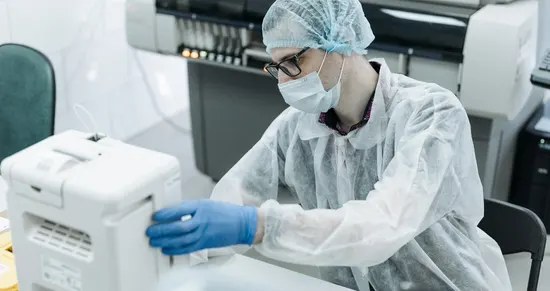The World breaks everyone and healing is our body’s nature. Sticks and stones may break the bone hard, have you heard about “Orthopedic Implants”.
An orthopedic implant is a Medical Device used alone or in combination to replace damaged and broken joints, intended by the manufacturer for diagnosis, prevention, monitoring replacement, or modification of the anatomy or a physiological process performed by a specialized and trained surgeon. It is used for strength and acts as artificial cartilage. The main purpose of the orthopedic implant is to increase mobility, reduce pain and provide a higher quality of life; designed in a way to withstand movement and stress.
However, before implanting the suitable medical implant, did you check out its compatibility with the tissues?
The Biocompatibility of material is crucial as it is related to how a biomaterial interacts with the human body. Biological compatibility is determined by the interaction between a medical device, and the tissues and physiological systems of the patient treated with the device. The ambiguity of the term reflects the ongoing development and eventually the success of the specific medical implant. An evaluation of biocompatibility is one part of the overall safety assessment of a device. The biological evaluation of the device is usually based on the international standard of ISO 10993 family.
Biocompatibility refers to assessing the capability of a device to exist in harmony with surrounding tissues without causing unacceptable adverse effects. The evaluation of toxicity (biocompatibility) of medical devices has been a complex task with a diverse range of materials and contact range from transient skin contact to permanent implantation contingent on the intended use. Cytotoxicity, irritation, acute systemic toxicity, hemocompatibility, and thrombogenicity are short-term effects, and sensitization, genotoxicity, subchronic and chronic toxicity, carcinogenicity, and reproduction toxicity are long-term effects that should be considered as possible toxicological effects for any medical device.
Biocompatibility measures aim to ensure the most appropriate beneficial cellular or tissue responses to optimize the clinically relevant performance of a technology or a device.
NEED/ PURPOSE OF DEVICE BIOCOMPATIBILITY
This Biocompatibility therapy is a basic mechanism of tissue response to test the ability of a material to be in contact with a living system such that they do not produce adverse effects such as toxicity, allergic responses, and harmony with the tissues. Inevitably, the Evaluation of biocompatibility for the overall safety assessment of the medical device or implant is a risk assessment exercise as there is no risk-free device or device material.
The primary purpose of a device biocompatibility assessment is to protect patient and user safety, considering risks compliance in planning too, which supports the goal of device developers to minimize risk while maximizing benefit to patients.
Nevertheless, HOW IS BIOCOMPATIBILITY PERFORMED?
Biocompatibility is performed by categorizing the characterization of the Medical Device, its point of contact & the duration of contact, and the Biological evaluation endpoints.
1) Categorization of medical devices, which includes:
Surface-contacting devices: These include devices in contact with the following:
- Skin- devices that contact intact skin surfaces only.
- Mucosal membranes devices keep intact the mucosal membranes.
- Breached or compromised surface devices that contact breached or otherwise compromised body surfaces.
External communicating devices: These shall be categorized according to their contact with the following application sites:
- Blood path, indirect- devices that contact the blood path at one point and serve as a conduit for entry into the vascular system.
- Tissue/bone/dentin- devices that contact the tissue, bone, or dentin system.
- Circulating blood- devices that contact the circulating blood
Implant Devices: Implant devices shall be categorized according to their contact with the following application sites:
- Tissue/bone- devices principally contacting bone, contacting tissue, and tissue fluids.
- Blood- devices principally contact blood.
Categorization on basis of duration of contact:
- Limited exposure- devices whose cumulative single, multiple, or repeated use or contact is up to 24 hrs.
- Prolonged exposure- devices whose cumulative single, multiple, or repeated long-term use or contact is likely to exceed 24 hrs. but not 30 days.
- Permanent contact- devices whose cumulative single, multiple, or repeated long-term use or contact exceeds 30 days.
2) Biological Evaluation tests and Endpoint evaluation:
Due to the diversity of the medical devices, it is recognized that not all tests identified in a category will be practicable for a particular device. It is indispensable for testing that each device is considered on its own merits.
Cytotoxicity: (toxicity to cell) tests employing the cell culturing technique to determine the lysis of cell (cell death), inhibition of cell growth, colony formation, and other effects on cells caused by the medical devices, materials, or their extracts.
Delay type Hypersensitivity: A Hypersensitivity test shall be used to estimate the potential for contact sensitization by medical devices, material, or their extracts using an appropriate animal model. These tests are important because exposure or contact to even minute amounts of potential leachable can result in allergic or sensitization reactions.
Irritation or Intracutaneous reactivity: Irritation tests shall be used to estimate the irritation potential of medical devices, material, or their extracts, using an appropriate site for application in a suitable model. This shall be used to assess the localized reaction of tissue to medical device extracts.
Acute toxicity: Acute systemic toxicity tests shall be used where contact allows potential absorption of toxic leachates and degradation products, to estimate the harmful effects during a period of short duration.
Chronic toxicity: Chronic toxicity tests shall be used to determine the effects of either single or multiple exposures to medical devices, during a major period of the life span of animal tests.
Carcinogenicity: Carcinogenicity tests shall be used to determine the tumorigenic potential of medical devices, materials, or extracts, throughout the major portion of the life span of the test animal.
Biodegradation: The device is designed to degrade, the device is intended to be implanted for longer than 30 or an informed consideration of the materials system indicates that toxic substances might be released during body contact.
Hemocompatibility: Hemocompatibility tests shall be used to evaluate the effect of blood-contacting medical devices or materials on blood or blood component. Hemolysis determines the degree of red cell lysis and release of hemoglobin caused by medical devices, and material.
The distinction might include factors such as the device can be investigated by in-vivo tests, which are tests to be performed inside the living organism (using animal models such as a mouse, rabbit, Guinea pig), and in-vitro tests, tests to be performed in a natural environment (using analytical chemistry).
Other factors could be the physiochemical nature of the material of the implant; the types of patient tissues, which will be exposed to the device; duration of the exposure of the device in the body.
CONCLUSION
Patient Safety has been considered the utmost important factor in the evaluation of medical devices. One of the crucial steps in establishing safety is how the device interacts with the body, responses elicited by the host that resemble the natural healing process. This is better evaluated by the device’s biocompatibility, which begins with the material of construction. Understanding the material, intended use, patient exposure and interaction assessment with the risk-based framework is essential for biocompatibility evaluation. The ISO 10993 covers the evaluation of the medical devices that come directly or indirectly in contact with the human body. It is crucial that any medical device that is exposed to the human body be evaluated for its compatibility with the biological constituents of the human body.








